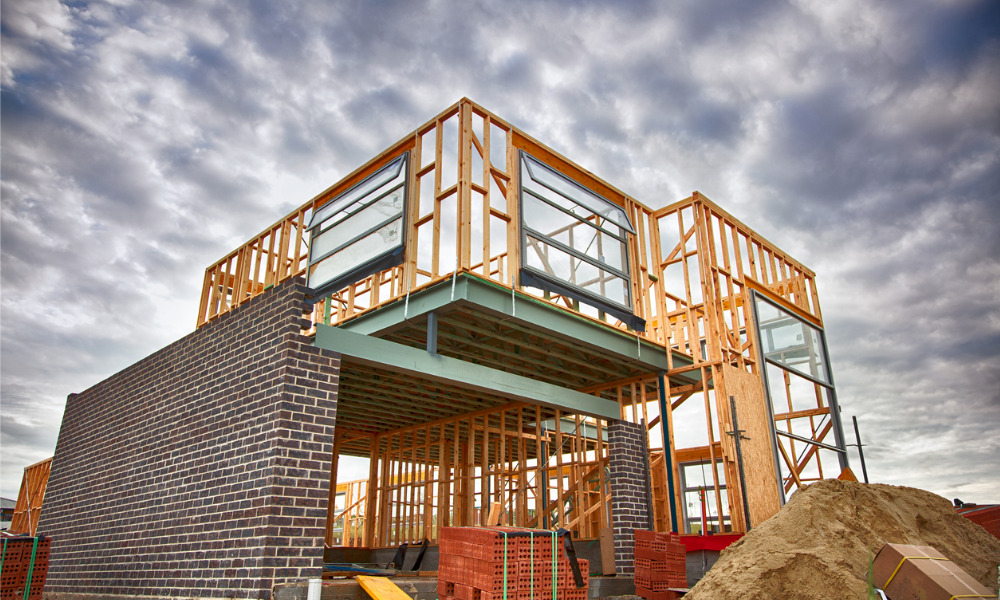Plus: Which type of self-build borrowing is right for you?

If you plan to build your own home, you will likely need a self-build mortgage. Before diving in, there are some things you need to know, such as how the application differs from more traditional borrowing and at which stages you can expect the funding. Here is everything you need to know.
What is a self-build mortgage?
A self-build mortgage is a mortgage taken out for a home that you are building. This kind of mortgage typically pays for the purchase of the plot of land and the cost of building the home. To ensure you stay on budget and the funds are spent properly, lenders release the money for the self-build mortgage in stages. This differs from more traditional residential mortgage where a single advance is usually made on completion of purchase.
For self-build mortgages, the stages that the funds are released at reflect the progress of the build and the rising value of the lender’s security, i.e., your new property, from the purchase of the plot to getting detailed planning consent and the build phases until it is completed.
Before you apply for a self-build mortgage, there are some things you should consider. For the application, you will have to give plans and a breakdown of the building costs, which include the cost of the plot. In case you encounter any issues or unforeseen costs, it is a good idea to include a contingency fund. You should also be aware that interest rates are often higher than for standard mortgages or remortgage rates, plus arrangement fees can vary between lenders.
What are the types of self-build mortgage?
There are two types of self-build mortgages which you can choose from. The first is an arrears mortgage, which is for anyone who has enough money on hand to pay for the various projects involved. Arrears mortgage payments usually come after each stage of construction is completed. In this case, a professional valuer would inspect the project and approve the next payment, meaning you front the cash for every stage and then get reimbursed. Arrears mortgages are the most common.
The other type of self-build mortgage is called an advance mortgage, which is essentially the opposite of the arrears mortgage. For an advance mortgage, you are given the funds prior to the construction stage. Advance mortgages are ideal for anyone who is reliant on the mortgage to fund the project at every stage. This type of mortgage is better for cash flow, but it is also offered by fewer lenders. And compared to an arrears mortgage, the rates are usually not as competitive.
What do I need for a self-build mortgage application?
You will usually need to complete a detailed costings form, which includes an affordability check, when you are applying for a self-build mortgage. If you do not mind paying a fee, you can get a broker or lender’s cost assessors to complete this part of the application for you. The costings form details the accurate costs for each stage of your specific project. Considering your build cost plan, the lender’s criteria, and the money you have available, you will then agree on a scheme for the payments at each stage.
While mortgage applications are generally a complicated process, loans for self-build renovation projects are even more complex. Additional considerations include where you want to live while the home is being completed and how the cost of those arrangements may impact the amount you want to borrow. It is common for lenders to take this factor into account when assessing your project and how much you will get for your loan.
How are the funds released for a self-build mortgage?
For a self-build mortgage, the loan is released in partial payments. Typically, the money is released with a standard self-build schedule for construction. Some lenders, however, may have different instalment plans, plus the type of project you’re embarking on could also vary.
But most commonly, lenders release the funding in five stages. The first stage is in buying the land and the second stage is the laying of the foundation. The third stage is the construction of most of the shells of the home, such as the building of the walls to the roof level, while the fourth stage is when the building is watertight, plastered, or roofed. The final funding stage is for the completion of the project.



